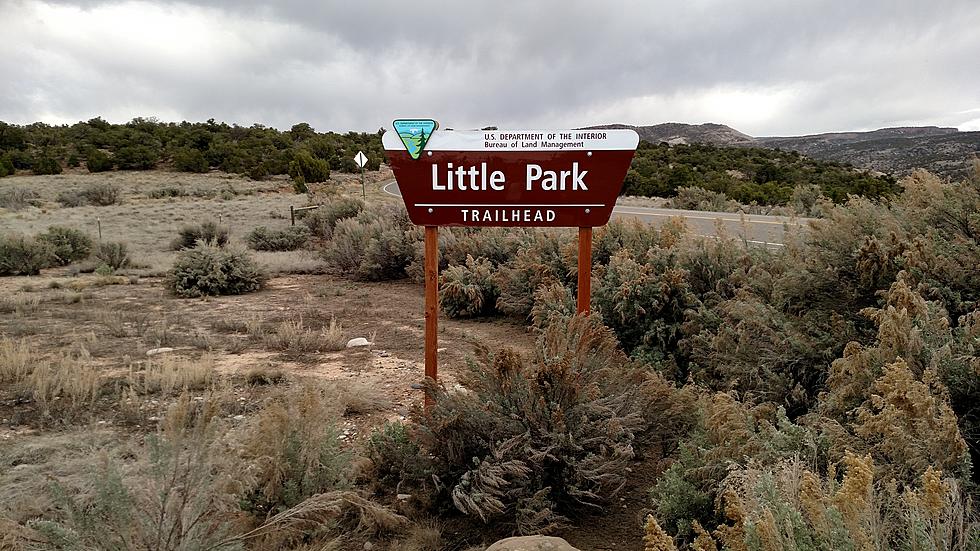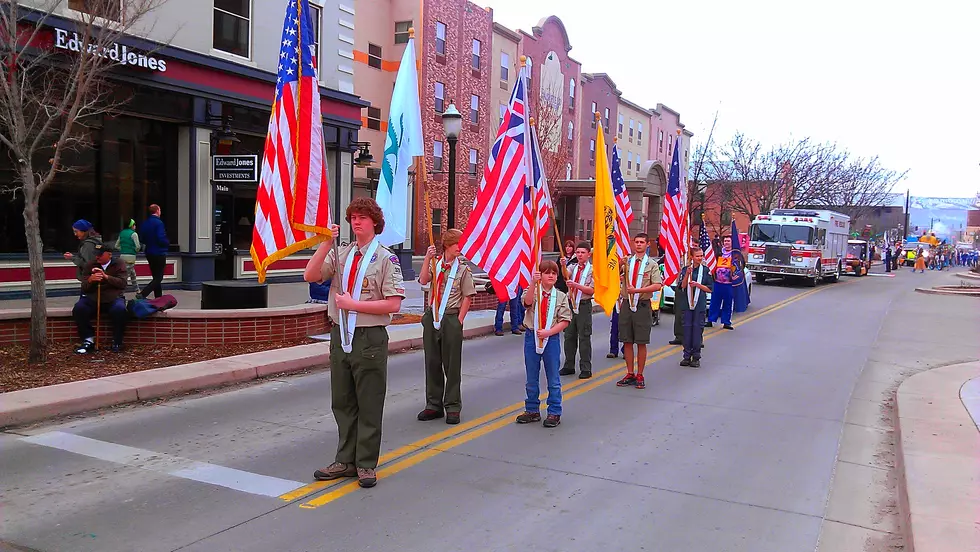
Weird Marks in Grand Junction Desert Explained — Kind Of
We had a friend ask us what these strange marks were in the desert near the Grand Junction Airport. So we asked you what they were and here are some of the best explanations.
Of course, there are trails that crisscross the desert areas surrounding Grand Junction. Whether those markings are from ATVs, old roads to the Bookcliffs, or just trails from an old exploration of the desert. But none of those markings look like these.
So, we took the question to you, and here's what y'all thought they were.
IT'S ALIENS! Of course, people went directly to aliens. Maybe we'll call these the Grand Junction Desert Circles. What could these aliens be trying to tell us? Beware the Thunderbirds on the Grand Mesa?
Nathaniel W via Facebook said he thought it was an old grading project. Not bad thinking, but what were they grading?
A few people on Facebook said they were old tide marks from the ancient sea that used to cover the area. Now that they say that, that's what they totally look like.
Rick S. on Facebook said they were old mounds to stop erosion.
"There are a few options....1. The Grand Valley used to be part of the sea coast....wave action can cause marks like that in rock......2. There have been hundreds of mining projects all over the Bookcliffs area, so these could be terracing to prevent erosion.....and many other explanations"
My favorite was the "comb marks" comment. You know, like the ones from Space Balls.
Facebook user John Edwards had a very detailed insight.
Two Facebook users seem to agree that they were water retention project.
Ted R. said:
I believe this is a water and flood retention project north of the airport on Indian creek or Hunter Wash drainage basins.
And Paul S. had a more detail explanation for the water retention theory:
An early attempt at harvesting all the rainwater falling in the desert and directing it into multiple holding ponds. Each ridge is approx. 2 feet high and follows the contours of the land to maximize water capture. As a kid on a dirtbike though, it just meant singletrack trails that had a 2 foot high jump every 75 feet or so for miles!
What's my answer? I'm going to say they were natural "tide marks" or the areas that water flowed more heavily. After searching around the area, you can see these types of marks all over the desert areas. They are more prevalent in the areas where rivers, streams and such flow from the higher elevations.
Regardless, we'll probably never know the real truth.
BONUS VIDEO:
More From 95 Rock









